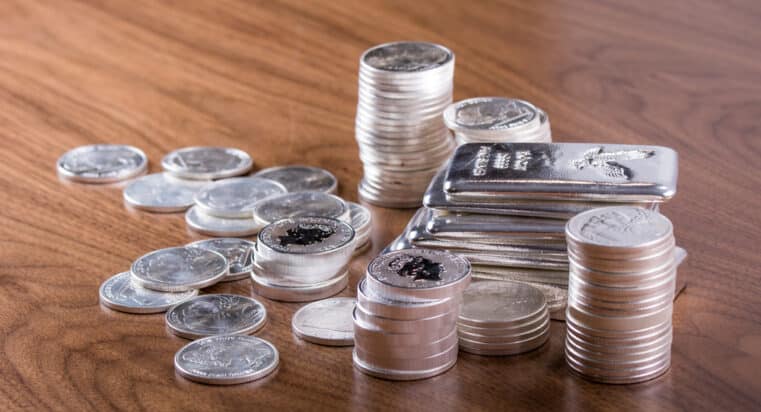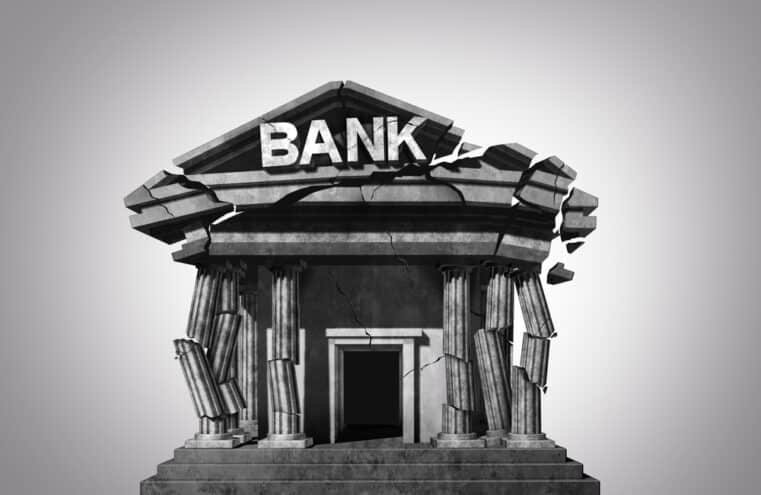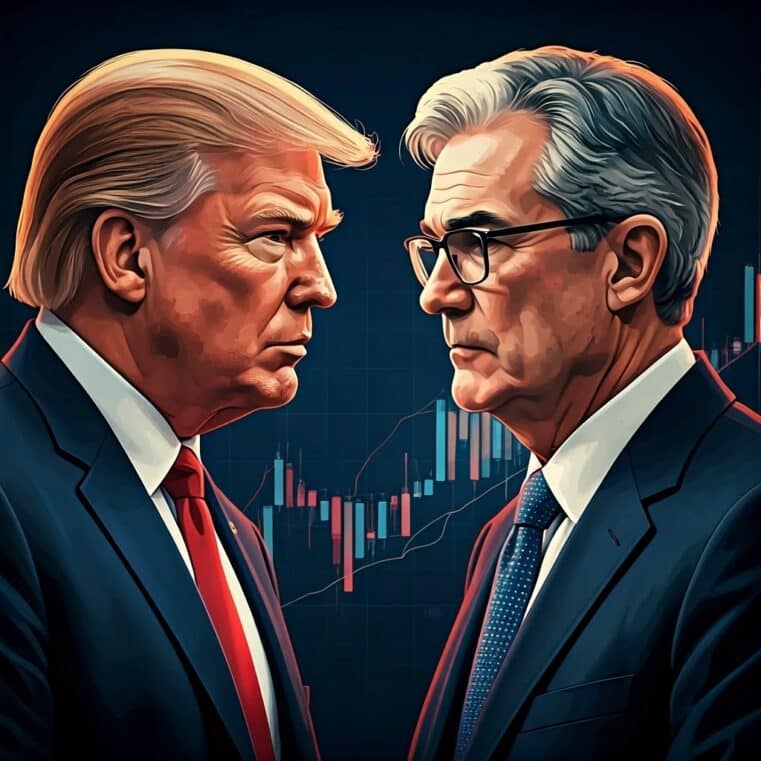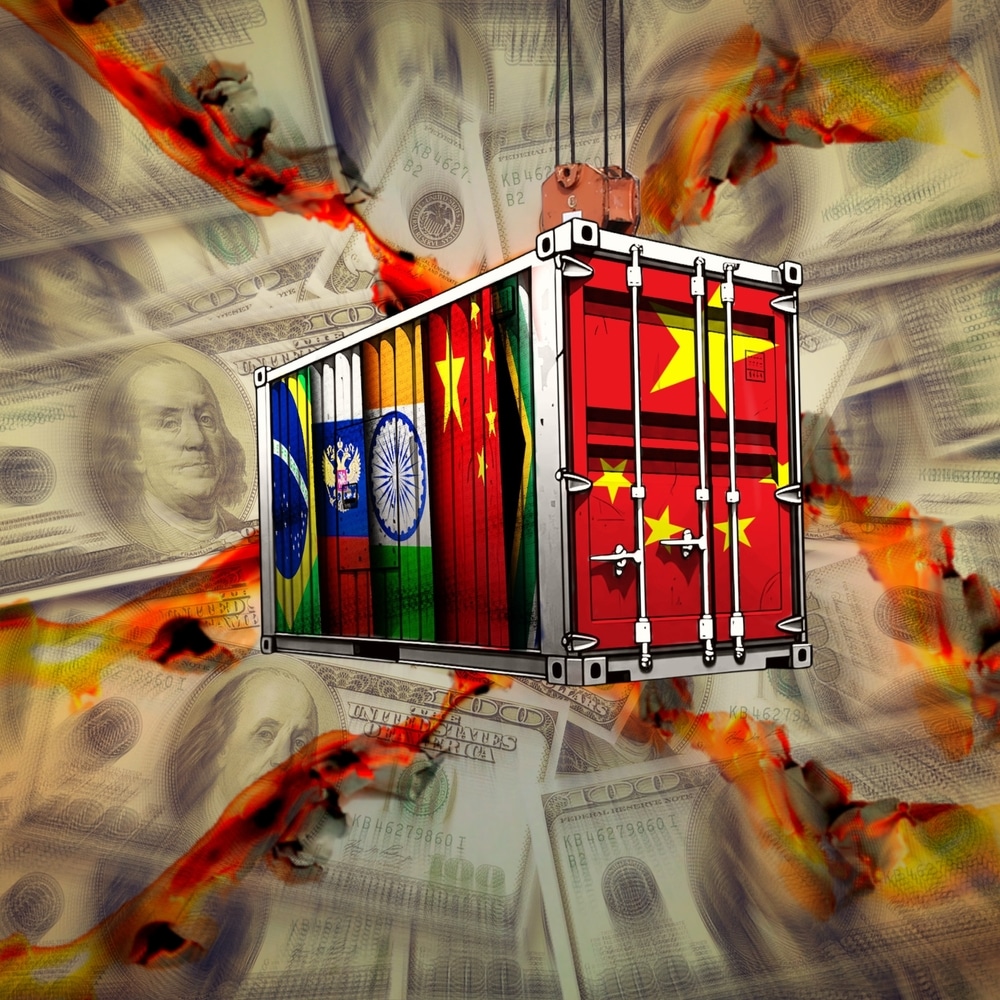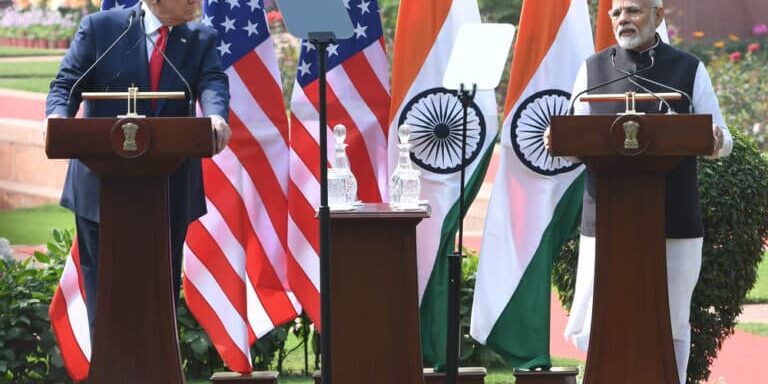
BRICS: India Bows to the U.S. Dollar, Escapes Trump's Tariffs
Trump Hits BRICS With Tariffs—But Spares India
Donald Trump has wasted no time shaking up global trade, slapping 25% tariffs on Mexico and Canada and escalating tensions with China through additional 10% tariffs. His message is clear: any country pushing for de-dollarization will pay a price.
But there’s one notable exception—India. While China, Russia, and other BRICS nations accelerate their plans to move away from the U.S. dollar, India has chosen to publicly embrace it. That loyalty has earned them a pass.
India's Foreign Minister: “We’ve Never Been for De-Dollarization”
India’s Foreign Minister S. Jaishankar has been vocal in distancing India from BRICS’ de-dollarization movement. In multiple interviews, he’s been crystal clear:
“We’ve always said that India has never been for de-dollarization.”
Jaishankar stressed that India will only use local currencies in trade agreements when convenient, but the dollar remains its preferred global settlement currency. He also reaffirmed strong ties with the new Trump administration, signaling that India has no interest in joining the push for a BRICS alternative currency.
India’s Central Bank Reaffirms Support for the Dollar
Backing up the government’s position, Reserve Bank of India (RBI) Governor Shaktikanta Das dismissed any notion that India is looking to reduce its reliance on the dollar.
“Nobody is talking about or thinking about de-dollarization. There is no step we have taken to de-dollarize.”
India’s message is clear: it’s not interested in undermining the dollar’s dominance, at least not openly. This stance sets India apart from other BRICS nations that are actively moving to bypass the dollar in trade.
Why India Needs the Dollar—For Now
India’s decision to align with the U.S. on the dollar is not ideological—it’s economic survival. The country’s $3.7 trillion economy relies heavily on trade with the U.S., particularly in the Information Technology sector, where American companies have outsourced billions of dollars worth of business. Disrupting that relationship would be catastrophic for India’s economic stability.
Additionally, the U.S. has invested heavily in India’s corporate infrastructure, setting up backend offices and technology hubs. Any move to reduce dollar dependence could invite economic retaliation—something the Modi government cannot afford.
Is India Just Playing It Safe?
While India’s leadership is openly rejecting de-dollarization, the bigger question is whether this is just a short-term strategy. After all, India has been quietly settling some trade deals in rupees, yuan, and dirhams. This suggests that while India isn’t ready to abandon the dollar today, it’s keeping its options open for the future.
Meanwhile, the rest of BRICS is moving full speed ahead with de-dollarization:
- China and Russia are settling record amounts of trade in yuan and rubles.
- Saudi Arabia is cutting oil deals in non-dollar currencies.
- Brazil and the UAE are bypassing the SWIFT system to avoid dollar transactions.
The Bigger Picture: A Global Shift Continues
Trump may have rewarded India’s loyalty by sparing them from tariffs, but the global trend is unmistakable—the U.S. dollar’s dominance is eroding. Even India, despite its public statements, is exploring alternative trade mechanisms. The real question is: how much longer can the U.S. punish de-dollarization efforts before it backfires?
If you want to stay ahead of the coming economic shift, now is the time to act. Bill Brocius' book, End of Banking As You Know It, lays out the truth about the dollar’s decline—and what you can do to protect yourself.
🔗 Download 7 Steps to Protect Your Account from Bank Failure for free here:
7 Steps to Protect Your Account from Bank Failure




